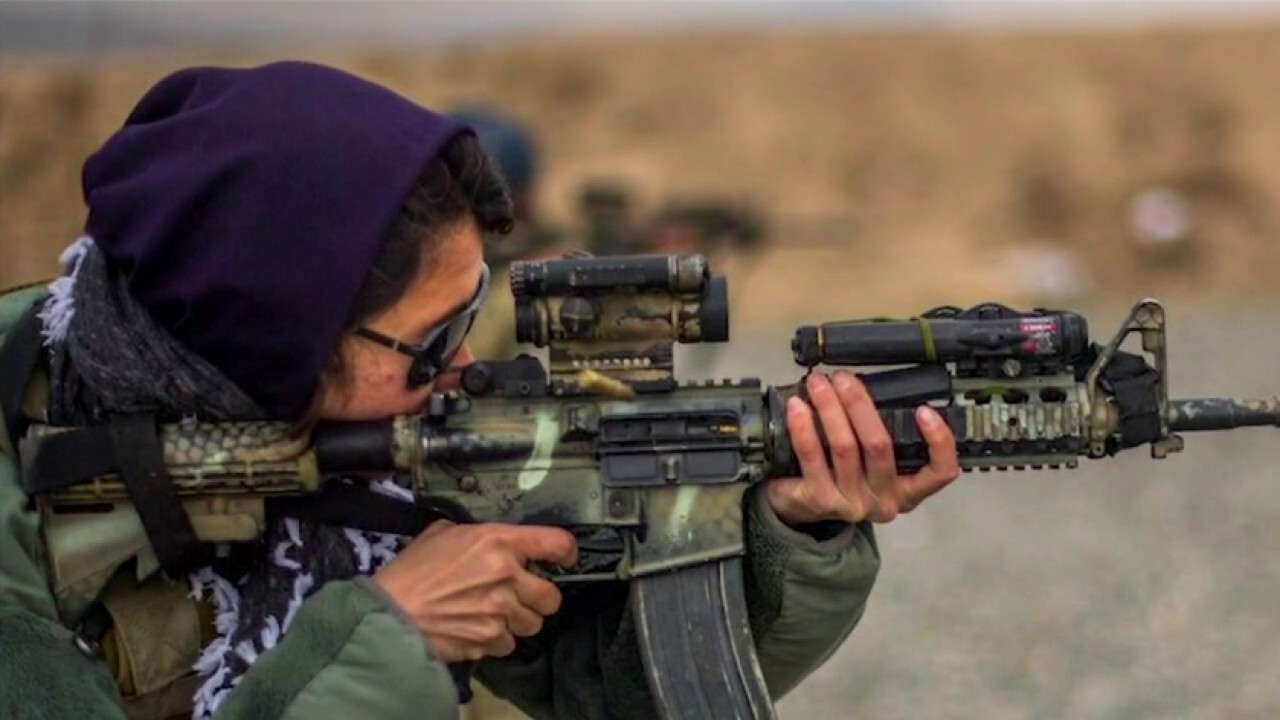In August 2021, amidst the chaotic withdrawal of U.S. troops from Afghanistan, Tamim Satari, a former intelligence officer for the U.S. military, made a desperate rush to Kabul International Airport. Having helped U.S. forces with military operations, including aerial bomb campaigns against the Taliban, he was one of many Afghans who had risked their lives to aid the U.S. Now, he was trying to escape Afghanistan, fearing for his life and his family’s safety.
However, despite his intense efforts, his wife and newborn son were left behind. “It was so hard, and we didn’t want to lose our small son,” Satari recalled, describing the heart-wrenching separation.
Tamim was not alone. Thousands of Afghan families were separated during the rushed withdrawal. The chaotic scenes of people being pushed through gates, babies handed across fences, and families frantically trying to flee left countless families torn apart.
Fast forward three years, and more than 10,000 Afghan families remain separated, with no clear way to reunite. Shawn VanDiver, founder of the nonprofit #AfghanEvac, estimates the number of unaccompanied minors among those who escaped to the U.S. stands at 2,800—children who made it to the U.S. without their parents or were left behind as their parents fled.
VanDiver’s nonprofit worked with the U.S. State Department’s Office of the Coordinator for Afghan Relocation Efforts (CARE), a program set up to help Afghan allies, who assisted U.S. forces, to move to safety in the U.S. Since 2021, the CARE program has successfully facilitated the relocation of nearly 200,000 Afghan citizens, including those holding special immigrant visas and their families.
“The truth is, every single person in the refugee pipeline or SIV pipeline is someone who took action on behalf of the U.S. and is now in danger,” VanDiver said. “These Afghans deserve everything we can offer them because they protected us.”
One of the most poignant examples of the work CARE does is the story of Tamim Satari. After the initial failed attempt to bring his wife, Shiba, and their young son over, Satari reached out to CARE in 2023. His wife had been forced to flee to Pakistan after she was threatened by the Taliban for continuing her work as a midwife while her husband was in the U.S.
On January 18, 2023, after months of paperwork and waiting, Shiba and her son were finally able to make the journey to New York’s JFK airport, then on to Newark, New Jersey, where they were reunited with Tamim. It was an emotional moment, as Tamim had not seen his son since he was a newborn.
The Sataris’ reunion marked one of the last reunifications made possible by the CARE program before the U.S. refugee programs were affected by new executive orders. Three days after their reunion, former President Donald Trump signed an executive order suspending the U.S. refugee program, claiming the country lacked the ability to absorb large numbers of refugees. Although a federal judge blocked this ban, processing of refugee cases has yet to return to normal.
In addition, federal funding for Afghan relocation efforts was frozen by then-Secretary of State Marco Rubio, halting travel for those approved to relocate. As a result, more than 40,000 Afghans who had already been vetted and approved for resettlement have been left in limbo, their lives in jeopardy.
“I’ve heard countless horror stories of torture and murder of these allies of the United States,” said Republican Rep. Michael McCaul of Texas, a supporter of the CARE program. “I urge the administration to honor the commitment we made to our allies, not break our promise.”
However, some Republican lawmakers, including Trump, expressed concerns that allowing Afghans into the U.S. might pose security risks, particularly regarding terrorism.
But McCaul and others who advocate for the program argue that the vetting process for Afghan refugees is thorough and effective. “You want to vet them again? Go ahead. But they’ve already been vetted, and probably the most thorough vetting in American history,” McCaul stated.
Afghan refugees entering the U.S. undergo extensive vetting. They are reviewed by the U.S. State Department, the Department of Homeland Security, and U.S. Citizenship and Immigration Services. They undergo multiple in-person interviews, biometric screenings, and medical checks to ensure safety.
The U.S. government’s vetting process for Afghan refugees is considered one of the most rigorous ever implemented. A former State Department official emphasized that those entering through the CARE program are among the most thoroughly vetted immigrant populations in U.S. history.
Despite the challenges, Tamim Satari remains hopeful. Now settled in New Jersey and working in a mechanical job, he’s also studying to get his real estate license. “I have a lot of hope for the future,” he said. “I want a great life for my son. I am responsible for him, and I will continue to work hard to make our lives better.”
Though many Afghans remain stuck in the refugee pipeline, Satari’s story is a beacon of hope. But for thousands still waiting, the journey to safety remains uncertain and filled with obstacles.
The question remains: Will the U.S. fulfill its promises to these Afghan allies and reunite them with their families before it’s too late?
Disclaimer – Our team has carefully fact-checked this article to make sure it’s accurate and free from any misinformation. We’re dedicated to keeping our content honest and reliable for our readers.




